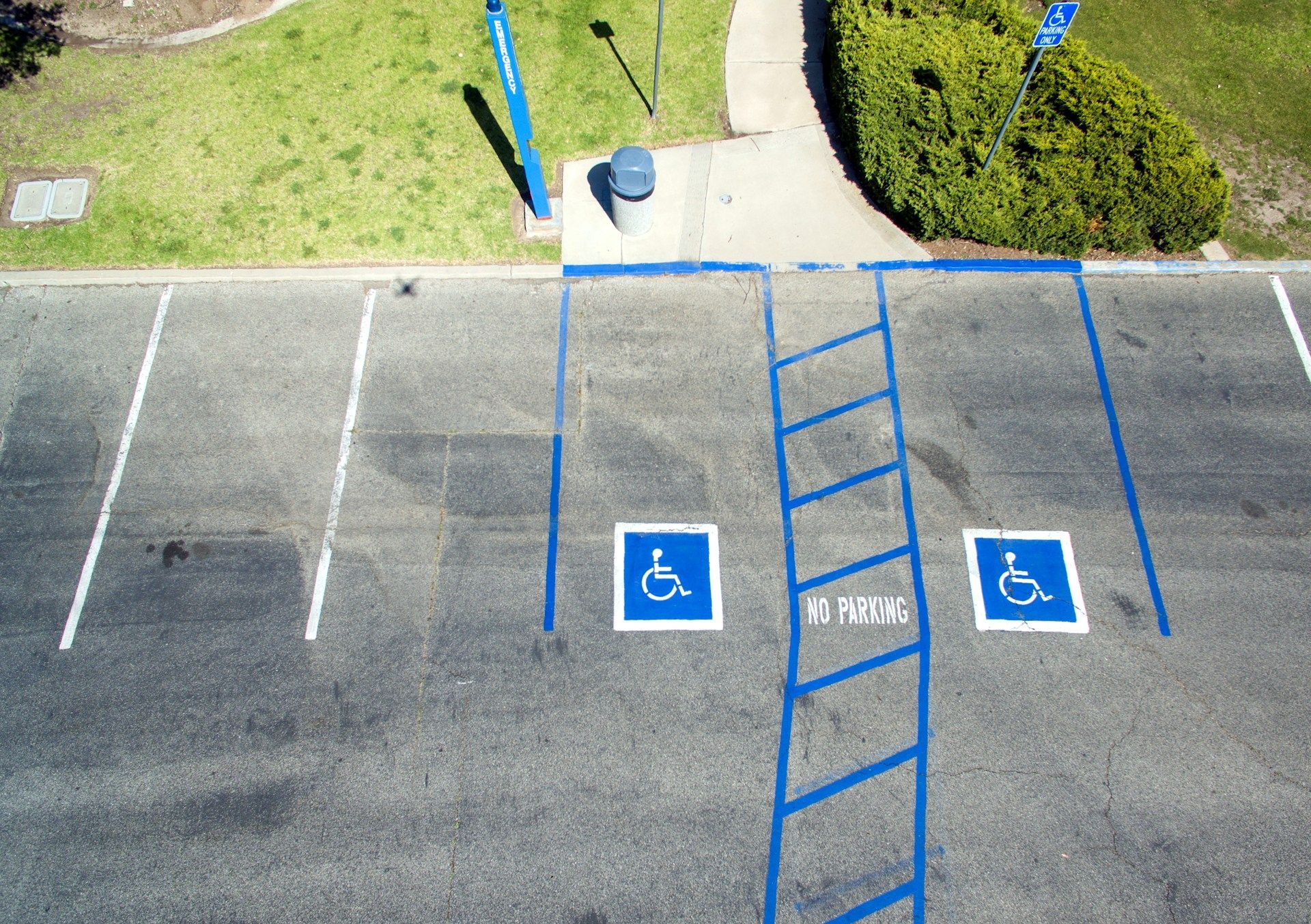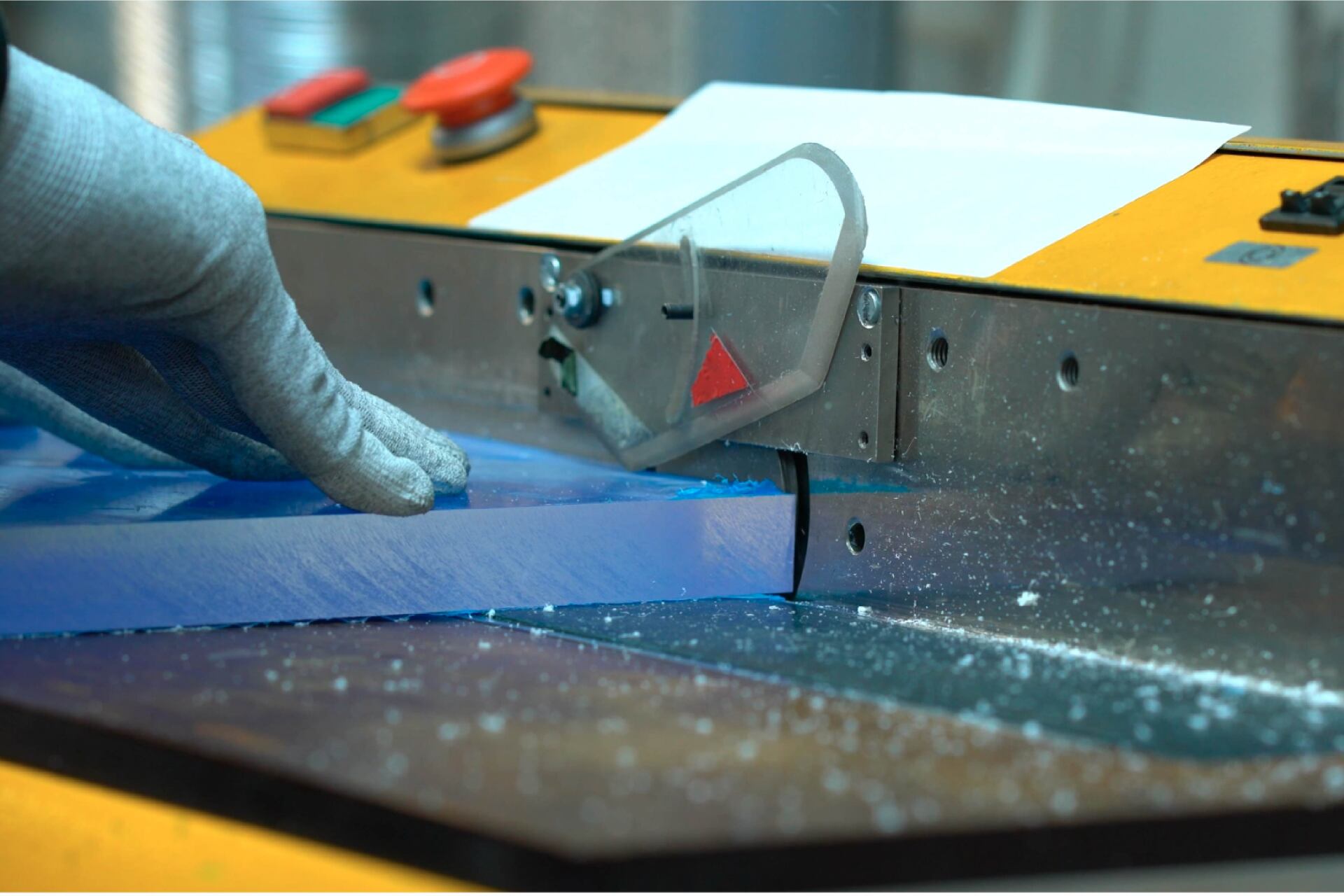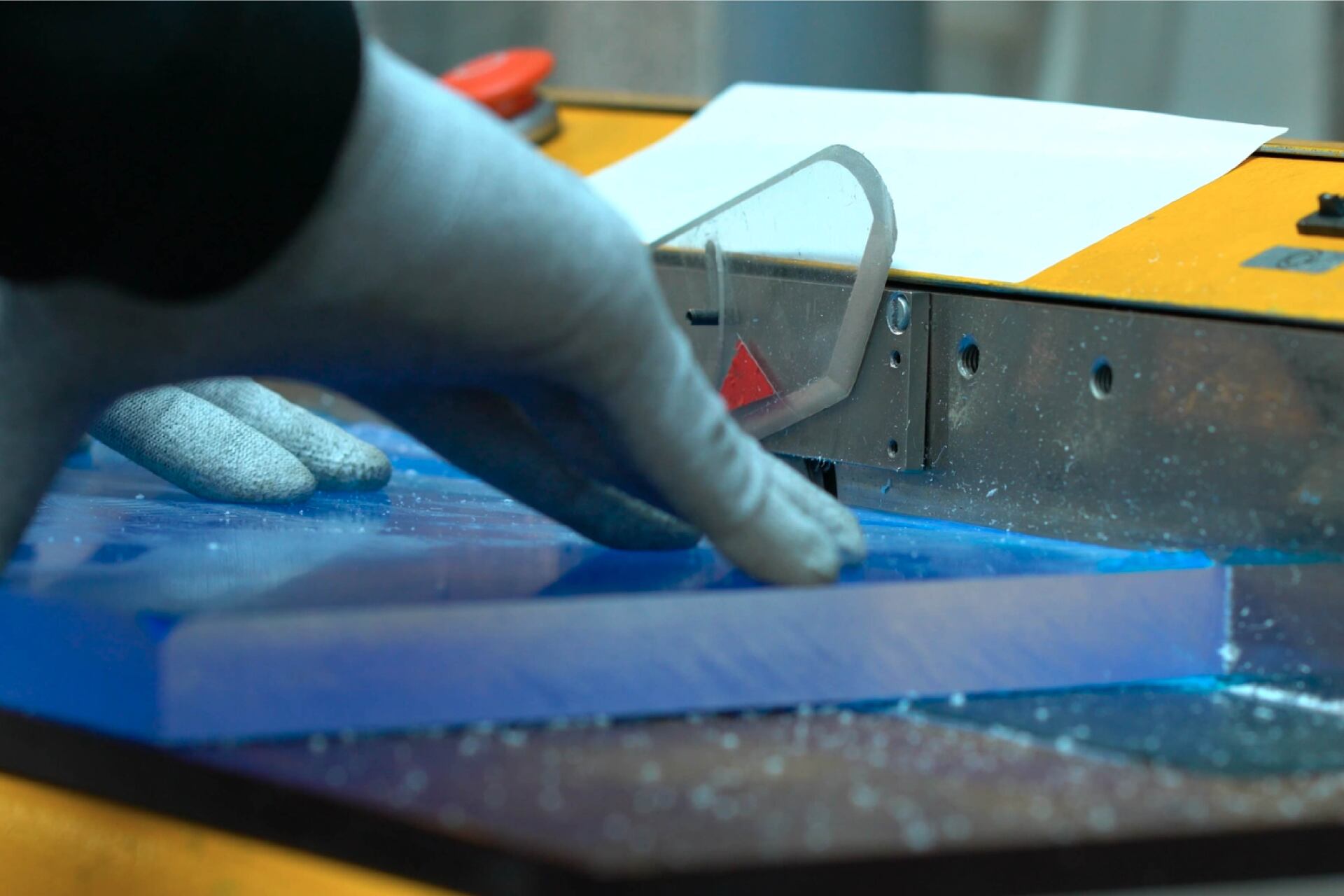How Brick-and-Mortar Stores Can Stand Out in Today's Market
The retail industry has gone through massive changes in recent years. Online shopping has become second nature for consumers, with e-commerce platforms offering convenience and speed.
Yet brick-and-mortar stores are far from irrelevant. In fact, physical retail is thriving when it leans into its greatest strength: creating memorable in-store experiences that digital platforms cannot replicate.
Shoppers today crave more than just products. They want connection, discovery, and interaction. The brands that win are those that transform their stores into destinations.
Let's explore how brick-and-mortar retailers can stand out in today's market.
The Power of In-Store Experiences
Despite the convenience of online shopping, customers still flock to stores because they offer something the internet cannot: hands-on engagement.
Whether it's the ability to try on clothes, test electronics, or experience a new product in real time, in-person shopping provides instant gratification. Beyond the transaction, shoppers enjoy the atmosphere, the service, and the opportunity to connect with a brand on a deeper level.
Retail has shifted from being purely transactional to being experiential. A thoughtfully designed store draws customers in, keeps them browsing longer, and increases the likelihood they'll make a purchase and return.
This is why investing in in-store experiences is essential for today's retailers.
Differentiation Through Store Design and Displays
The way a store looks and feels tells a brand's story.
A generic or cluttered environment makes it easy for customers to walk away without forming a connection. On the other hand, engaging displays capture attention and communicate value instantly.
Endcaps, for example, are prime real estate for highlighting bestsellers or seasonal items. Point-of-purchase displays encourage last-minute additions to the cart, while larger "touch and learn" stations invite shoppers to slow down and explore.
Displays aren't just about showing products—they're about creating moments of discovery that make shoppers stop, look, and engage.
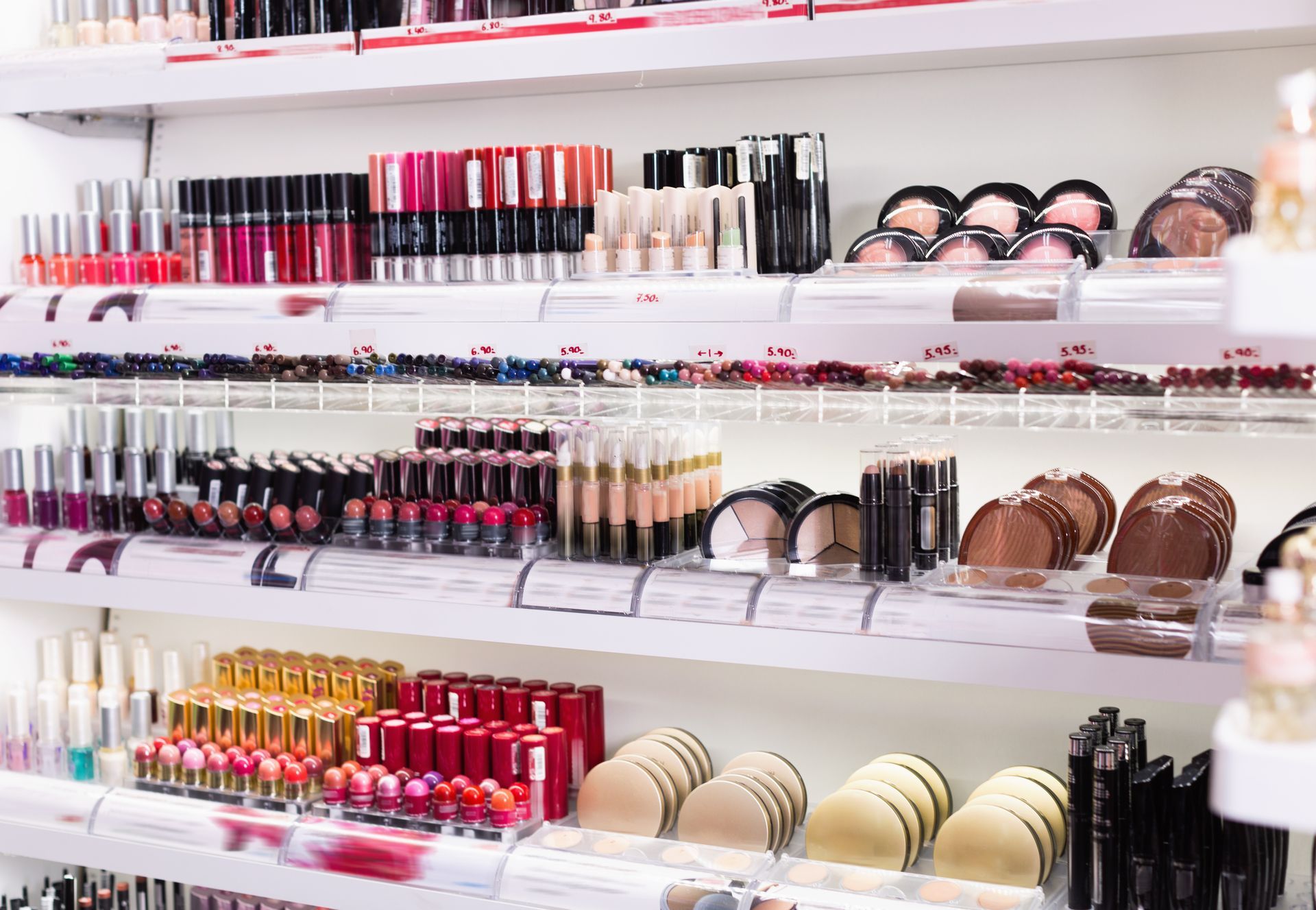
Engaging the Senses
Great retail experiences stimulate multiple senses.
- Tactile: One of physical retail's most significant advantages over e-commerce is the ability to touch and test products. Allowing shoppers to handle items builds confidence and often leads to higher conversion rates.
- Visual: Strong visuals—through bold signage, lighting, or creative layouts—help retailers stand out in crowded aisles. Displays designed with vibrant graphics and clean lines naturally draw the eye.
- Interactive: Today's shoppers expect more than passive browsing. Interactive displays, such as product demo stations, digital kiosks, or QR codes linking to tutorials, create modern and memorable engagement.
When retailers design with the senses in mind, they transform their stores into immersive environments that inspire customers to linger longer.
Blending Digital and Physical
The strongest brands don't view online and offline as competing channels—they see them as complementary. Retailers increasingly adopt "phygital" strategies that blend the best of both worlds.
In-store displays can echo the design and branding customers see online, creating a seamless journey. QR codes or tablets in displays can direct shoppers to additional information, reviews, or even online ordering options for items not carried in-store.
By bridging the gap between digital and physical, retailers ensure customers experience consistency and convenience, no matter how they shop.
Driving Customer Loyalty Through Memorable Moments
Memorability is key in today's crowded retail landscape. Customers don't just want to buy something—they want to feel something.
Displays that invite selfies, interactive demos, or seasonal themes give shoppers reasons to share their experiences and return for more.
Rotating displays tied to holidays, local events, or product launches also keep stores feeling fresh. When customers know they'll encounter something new on their next visit, they're more likely to return.
Memorable in-store experiences create loyalty that no discount code or shipping perk can replicate.
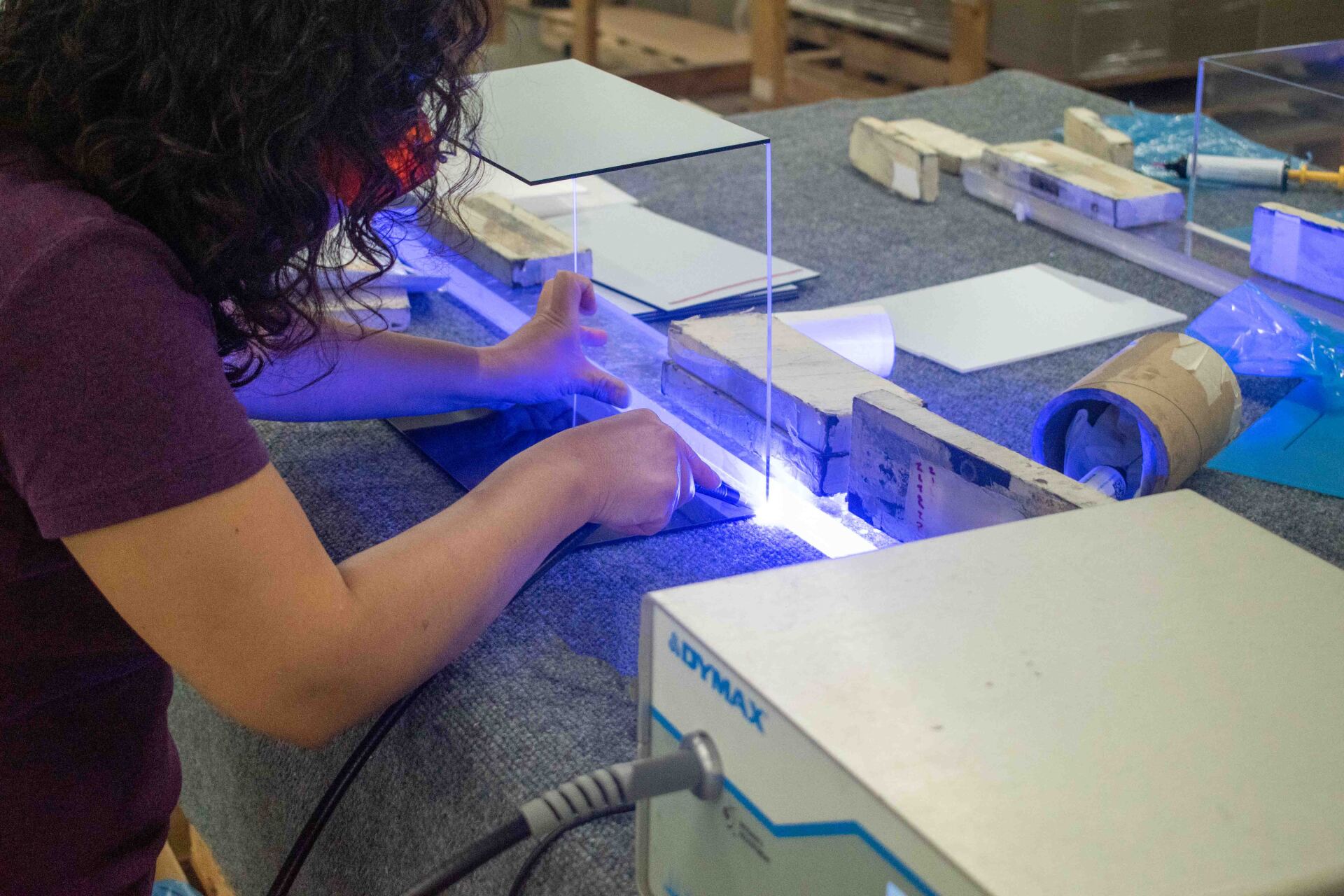
Reach Out to Exactec Today
Brick-and-mortar retail survives and thrives when it focuses on its uniqueness.
Stores can stand out in a competitive marketplace by investing in experiential design, engaging multiple senses, blending digital with physical, and creating memorable moments.
The future of retail belongs to those who embrace the power of in-store experiences.
At Exactec, we're here to help brands transform their spaces into destinations that customers won't forget.
Ready to reimagine your store?
Contact our team today to start building displays that make your brand unforgettable.
